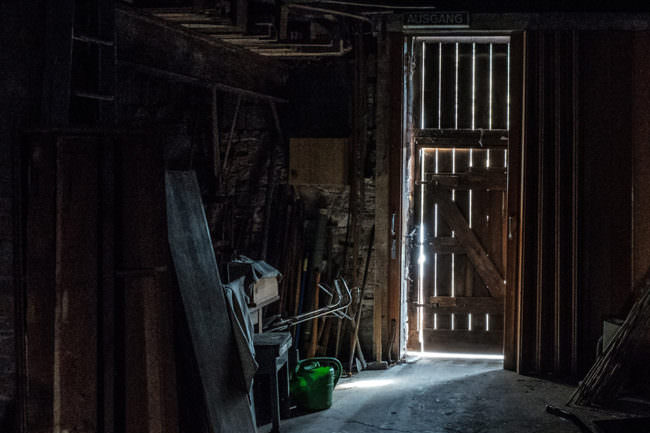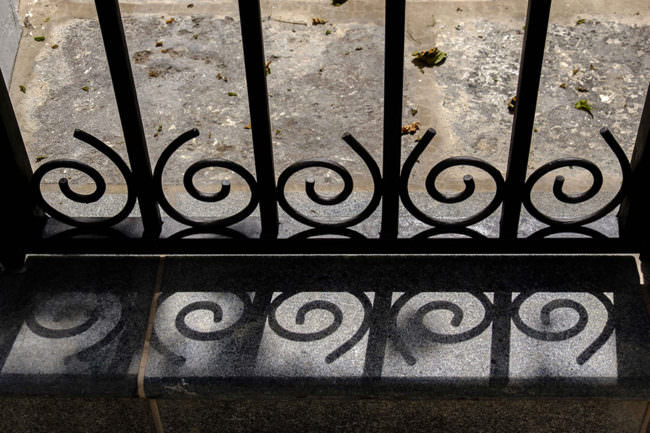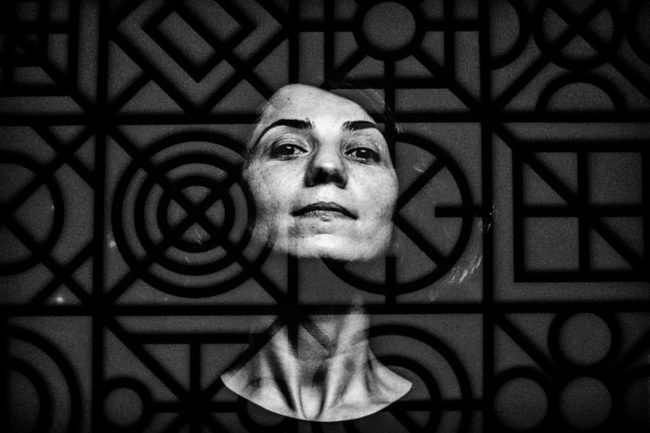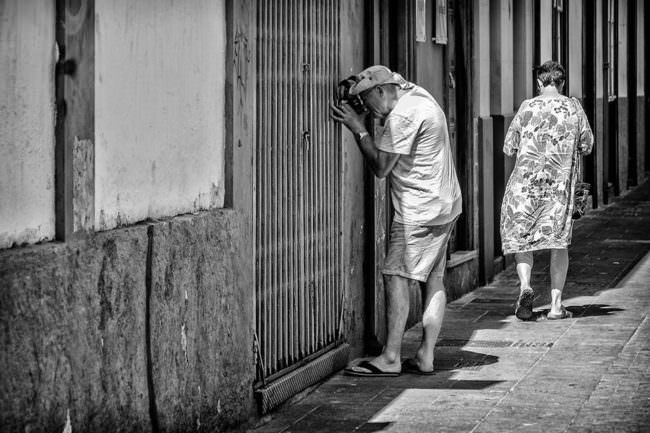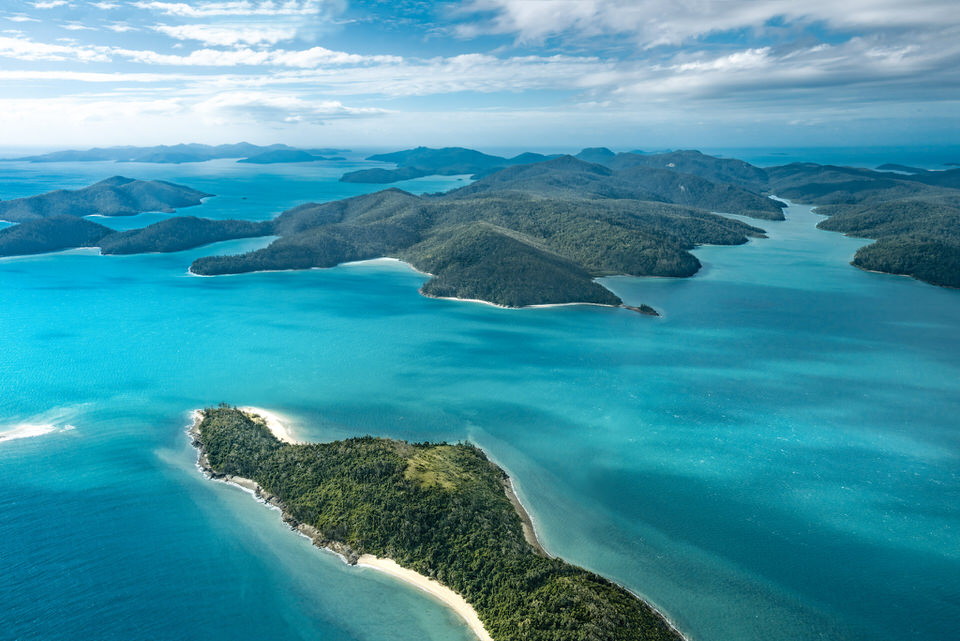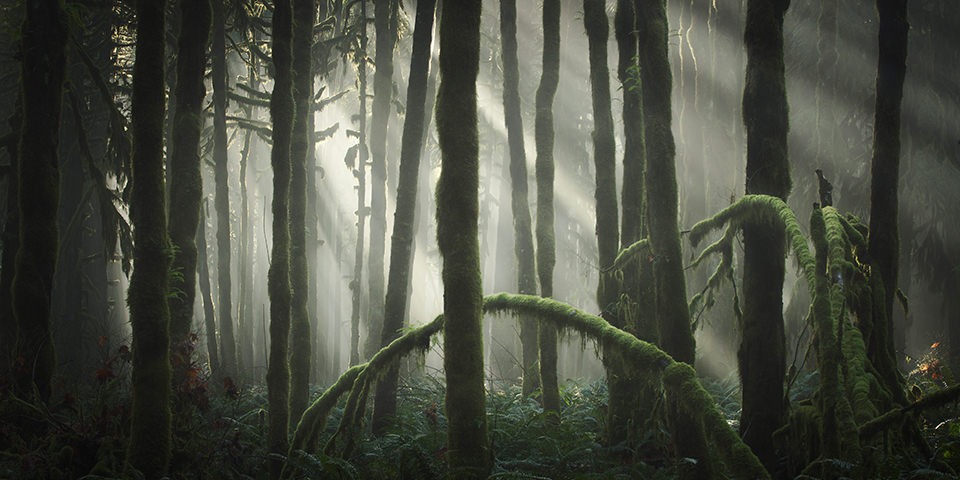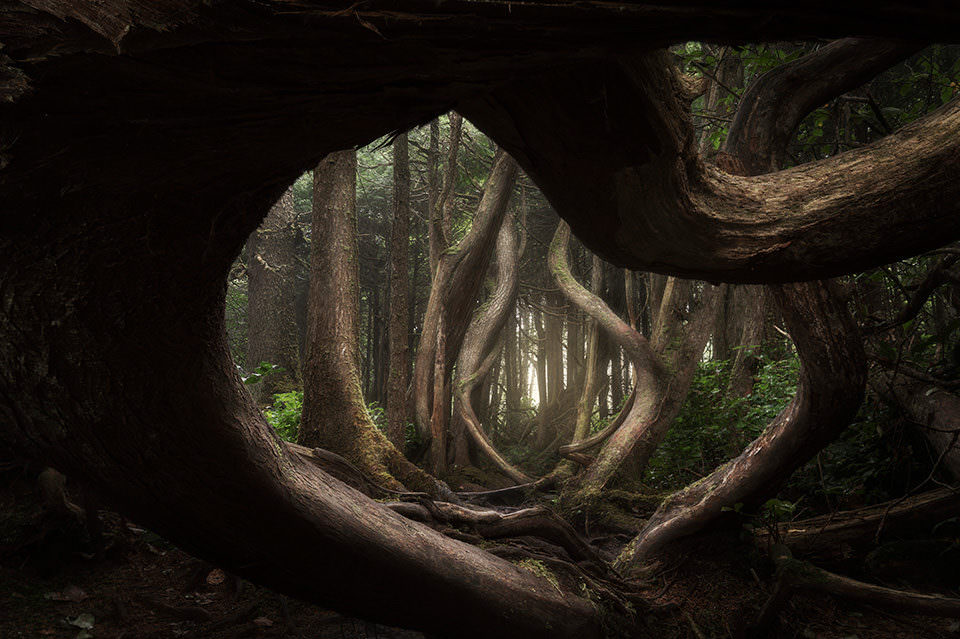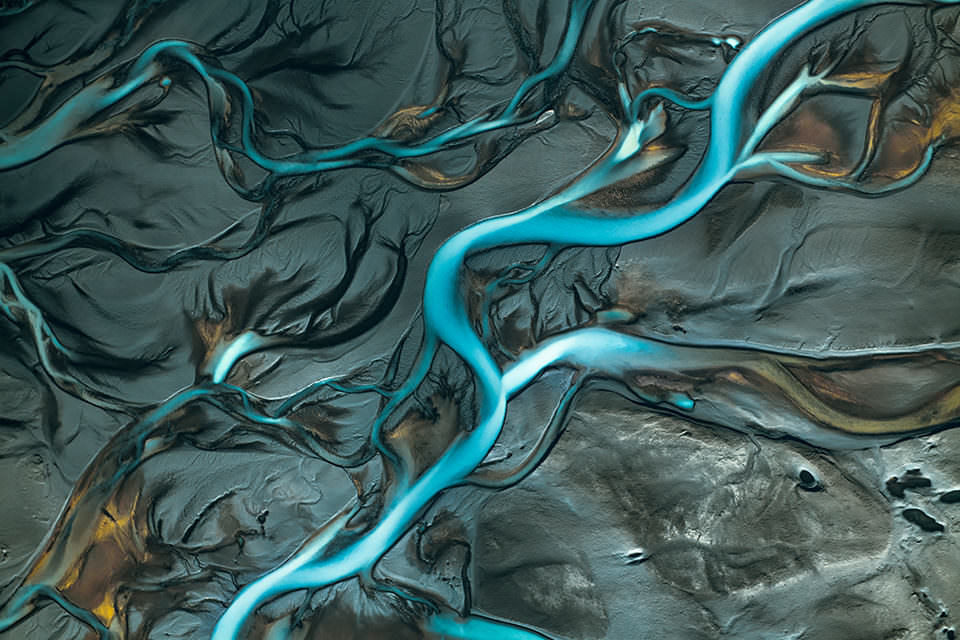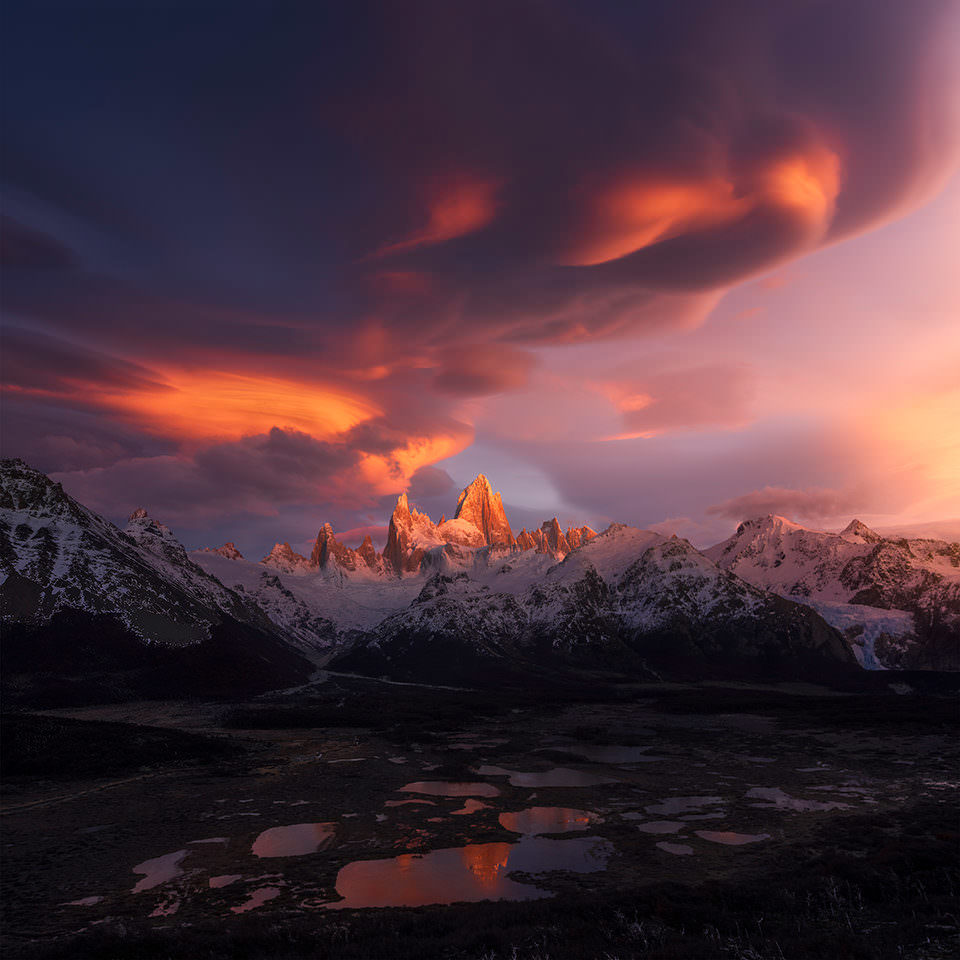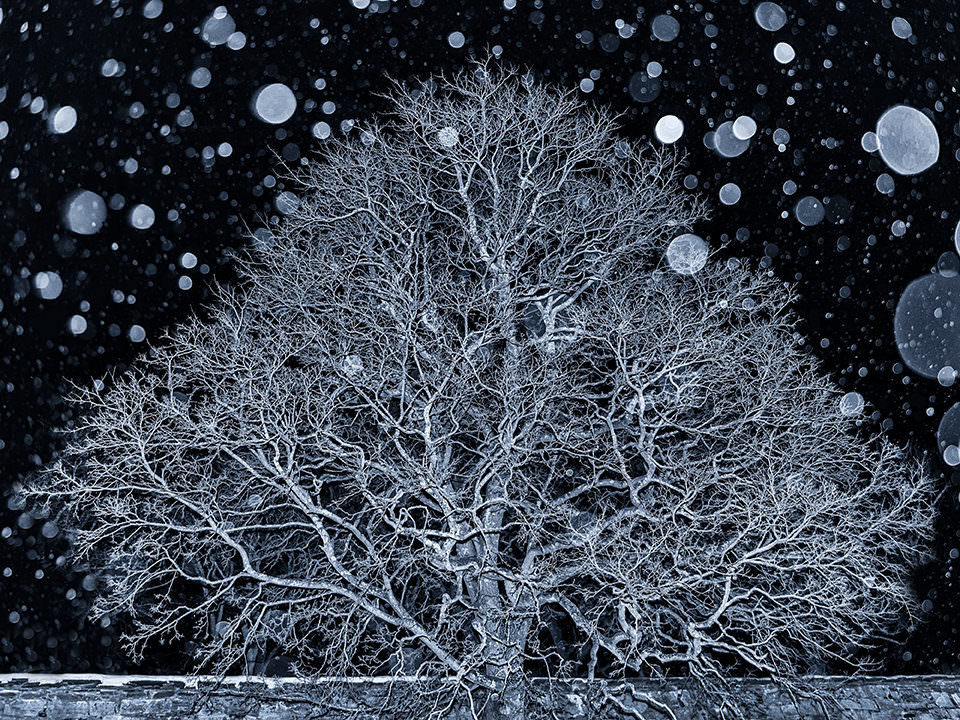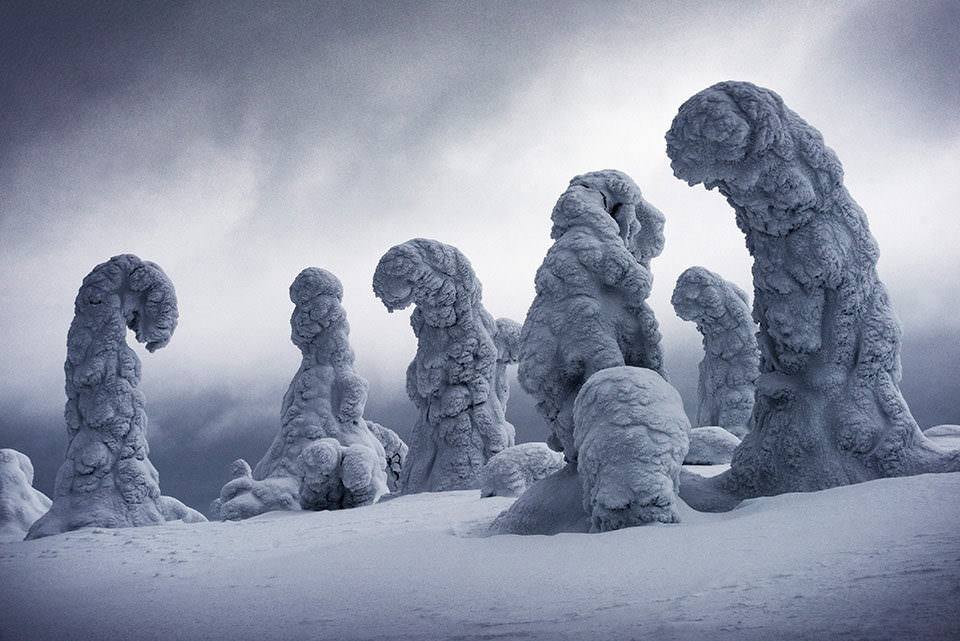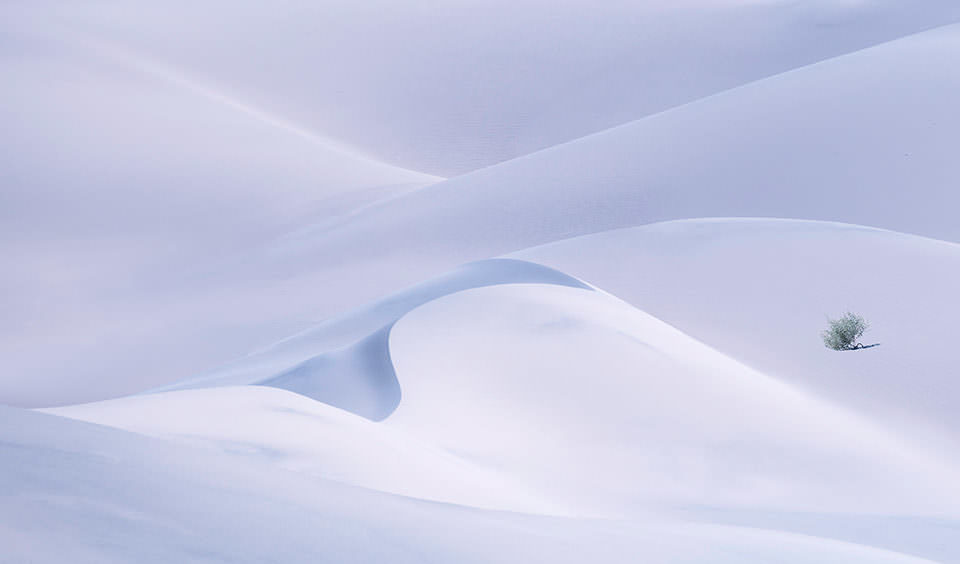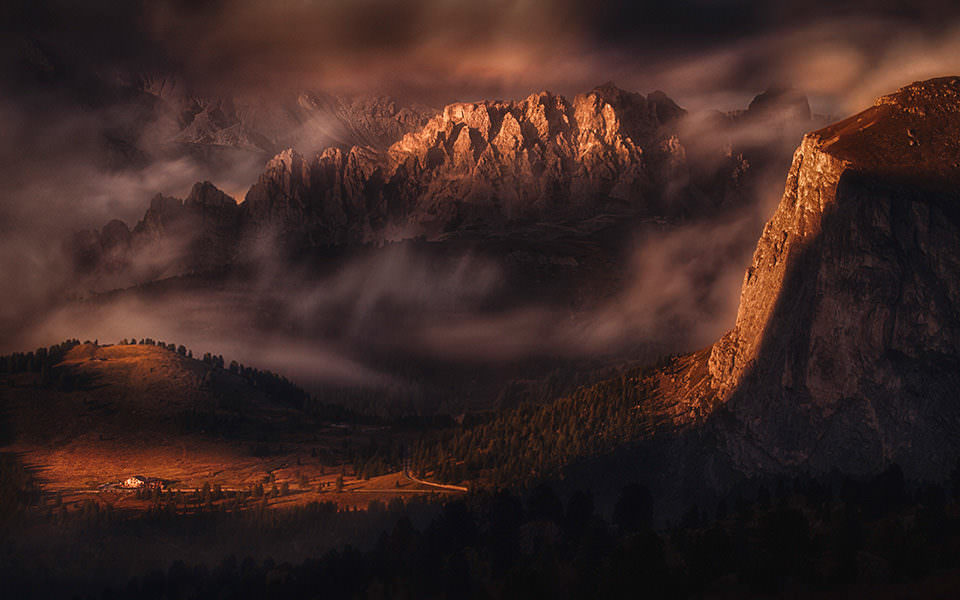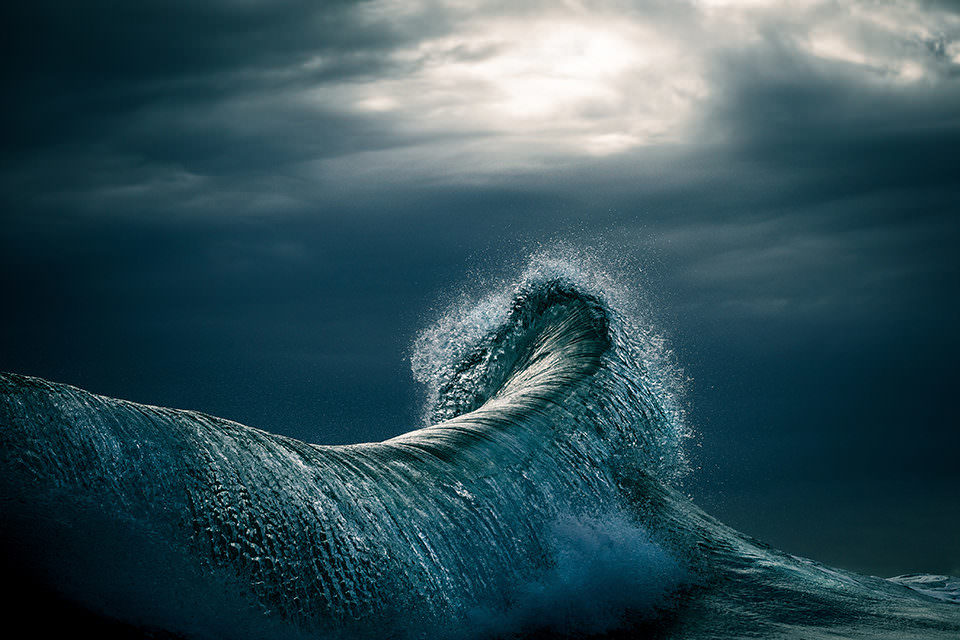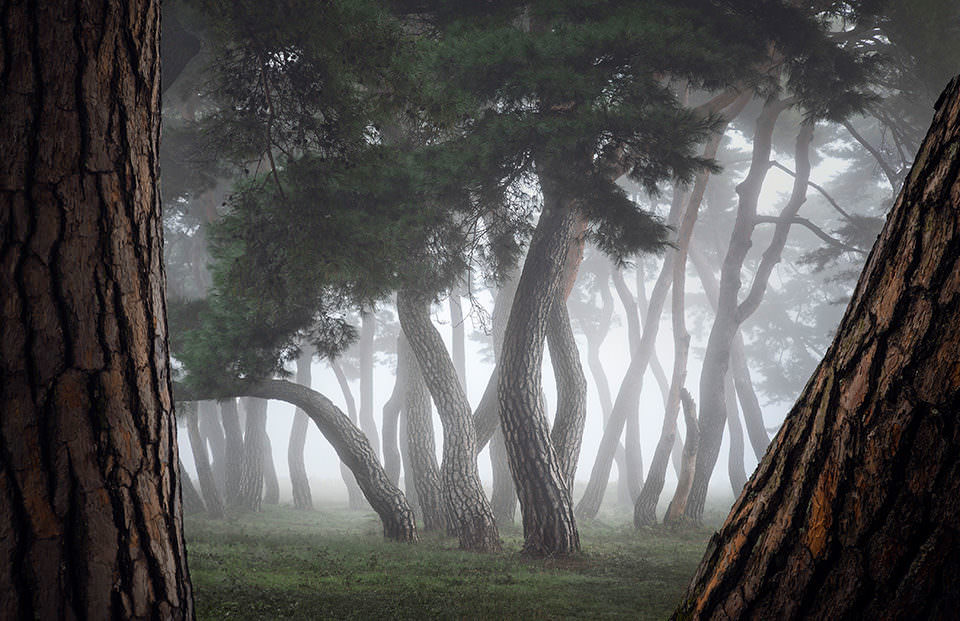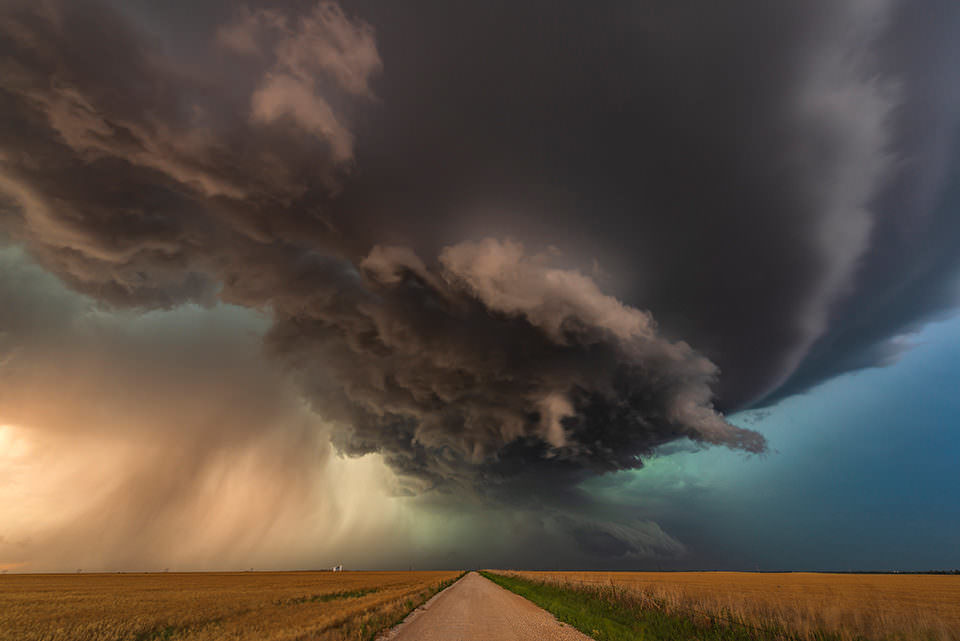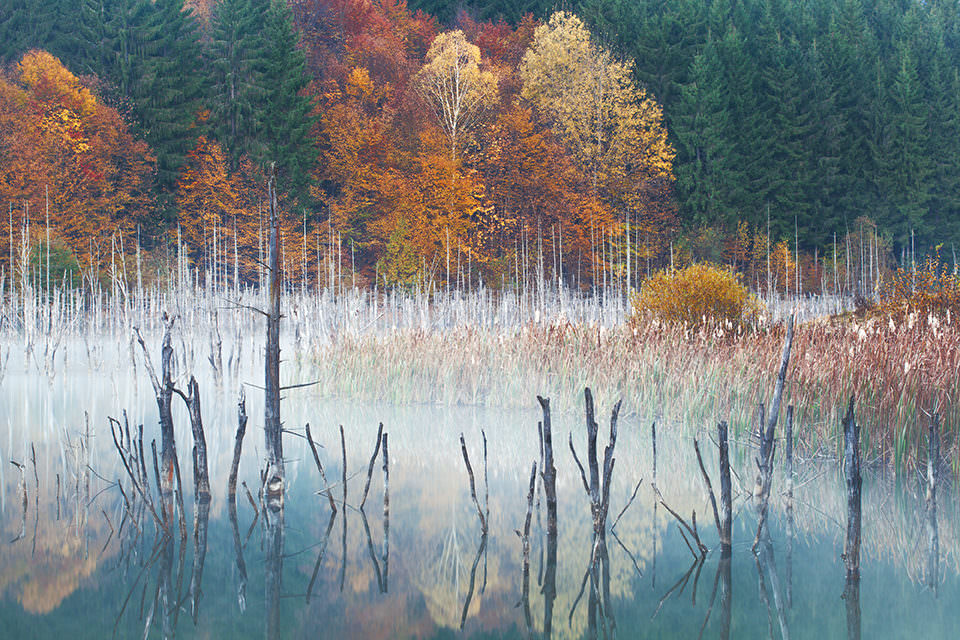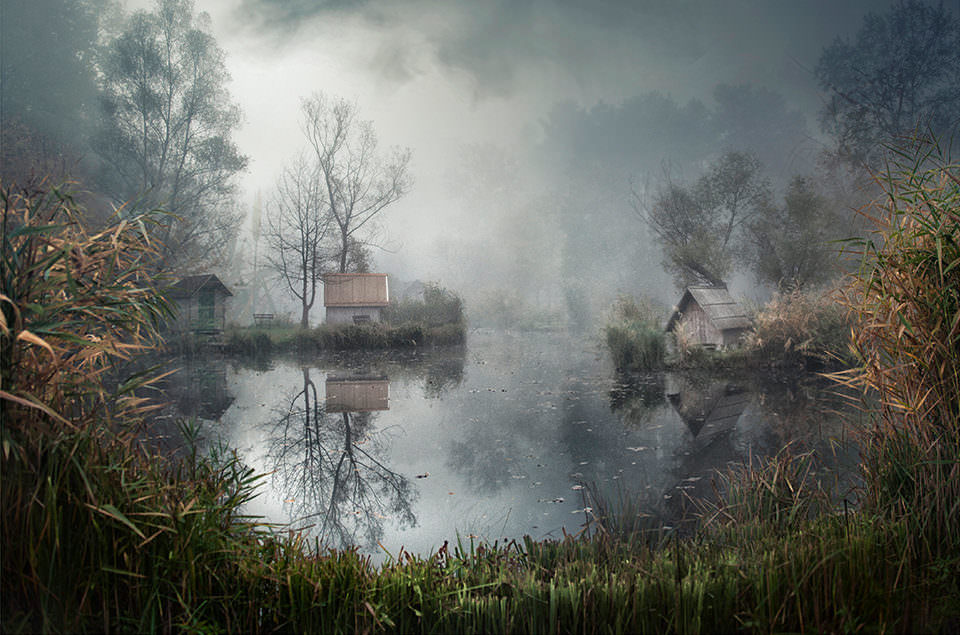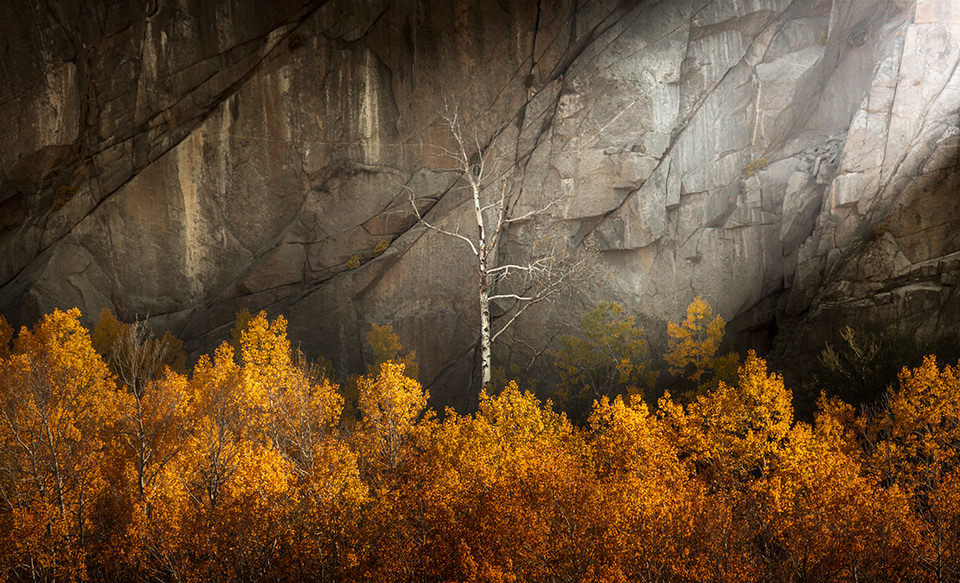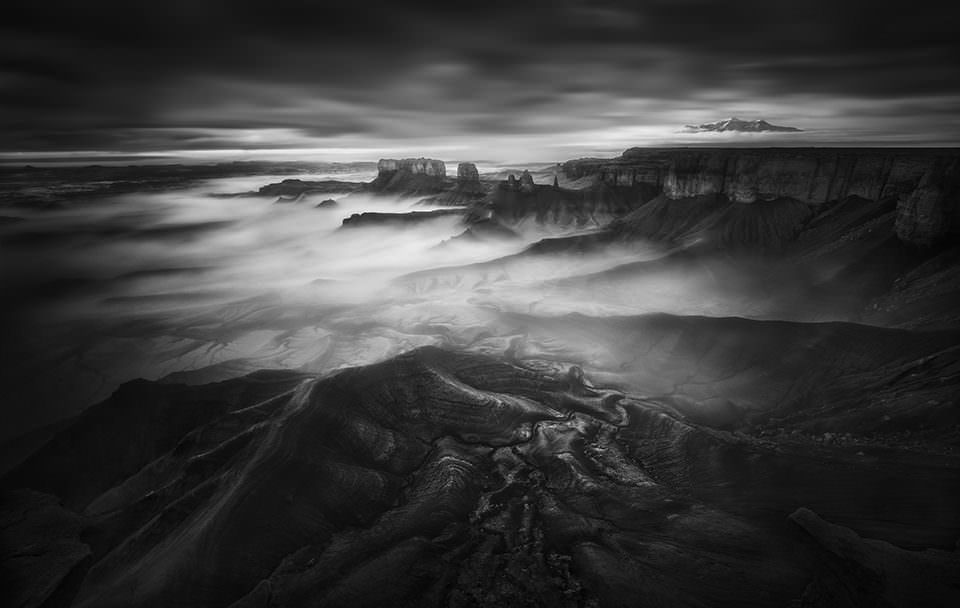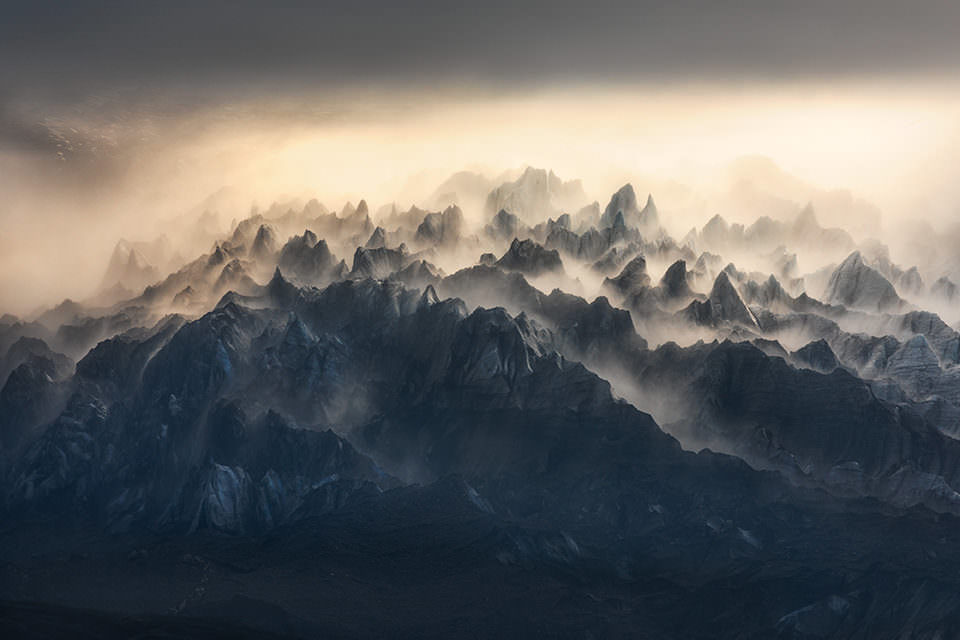Photosphäre: Fotografie und Achtsamkeit
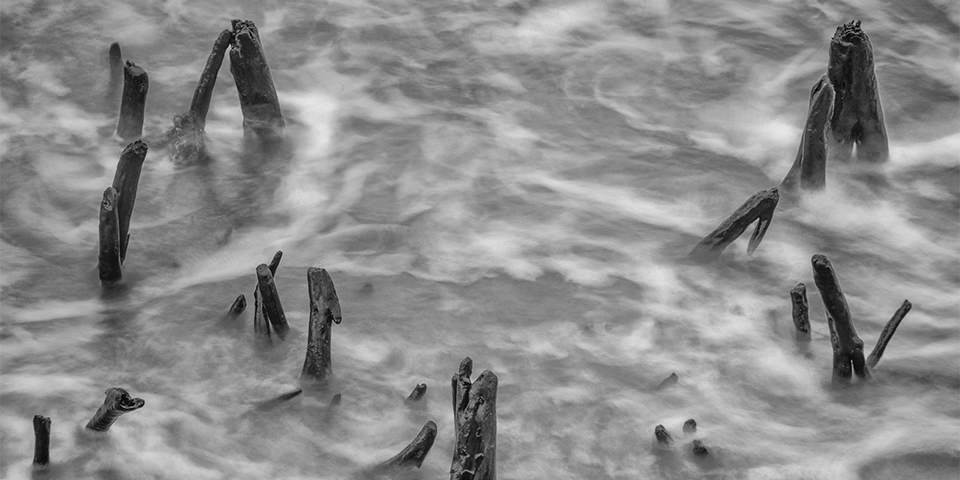
Ein Beitrag von: Wilfried Humann
Heute stellen wir den zweiten Blog aus der Photosphäre vor: Fotografie und Achtsamkeit von Wilfried Humann. Wer jetzt Angst hat, dass es bei diesem Titel esoterisch wird, kann direkt an dieser Stelle beruhigt sein. Bei Wilfried wird es auf jeden Fall sehr persönlich, aber nicht abgehoben.
Seit 2016 schreibt Wilfried einmal pro Woche einen Artikel. Inzwischen haben sich mehr als 100 Beiträge mit vielen Gedanken gesammelt. Warum es zu jedem Artikel nur ein Bild gibt, was es mit der Achtsamkeit auf sich hat und wieso Wilfried mit seinem Blog kein Geld verdienen möchte, erfahrt Ihr in unserem kleinen Interview.
„Fotografie und Achtsamkeit“ ist der Name Deines Blogs. Was bedeutet Achtsamkeit für Dich und wie verbindest Du Achtsamkeit mit der Fotografie?
Achtsamkeit bedeutet mir sehr viel, sie hat mein Leben verändert und hilft mir gerade in schwierigen Lebenssituationen. Nach einem schweren Burnout hat mir ein MBSR-Kurs, ein bewährtes und wissenschaftlich begleitetes Achtsamkeitstraining nach Dr. Jon Kabat-Zinn, sehr geholfen. Seit dieser Zeit trainiere ich die Achtsamkeit täglich. Mein Bewusstsein hat sich deutlich geändert, ist offener und weiter geworden.
Ich lebe bewusst und sehr viel entspannter als früher in der Gegenwart, ich nehme mehr wahr und sehe einfach sehr viele Motive, sie fallen mir regelrecht ins Auge. Meine Fotografie ist dadurch allmählich sehr viel intensiver geworden, sie hat sich auch deutlich weiterentwickelt. Mir ist das irgendwann bewusst geworden und daraus entstand die Idee eines Workshops, in dem ich Ansätze dieser Erfahrung vermitteln wollte. Der Workshop kam leider nicht zustande, was verschiedene Gründe hatte.
Jetzt gebe ich meine Erfahrungen im Blog weiter, was mir sehr viel Spaß macht. Meine Beiträge beruhen oft auf konkreten Erfahrungen, es gibt auch einige wichtige Grundsatzartikel zur Achtsamkeit. Buchbesprechungen und Fotografietipps runden das Ganze ab. Mir ist dabei sehr wichtig, dass mein Verständnis von Achtsamkeit nichts mit Esoterik zu tun hat. Leider wird der Begriff „Achtsamkeit“ sehr verwässert und auch oft esoterisch angehaucht vermarktet.
Wie kam es zur Idee für den Blog?
Ursprünglich wollte ich ein Buch über meine Erfahrungen im Zusammenwirken von Achtsamkeit und Fotografie schreiben (beruflich habe ich einiges veröffentlicht), ein Buch ist aber etwas sehr Statisches, das einmal geschrieben wird und dann so bleibt. Im Nachhinein würde man dann gern einiges anders formulieren. Ein Blog dagegen kann sich entwickeln, erzeugt auch Entwicklung. Heute bin ich froh, dass ich mich für den Blog entschieden habe.
In Deinen Artikeln gibt es immer viel zu lesen, dafür oft nur ein Foto. Haben die Gedanken zur Fotografie für Dich mehr Bedeutung als die Fotografien an sich?
Meine Gedanken, meine Texte, meine Erfahrungen von Achtsamkeit und ihr Einwirken auf meine Fotografie sind mir sehr wichtig, sie sollen deutlich im Vordergrund stehen. Daher gibt es bewusst jeweils nur ein Bild. Wer mehr Bilder von mir sehen möchte, kann sie bei Facebook und Instagram finden.
Wieviel Arbeit steckst Du in Deinen Blog?
Pro Woche sind das etwa zwei Stunden. Das jeweilige Thema kommt mir meist spontan, entwickelt sich dann im Laufe eines Tages in meinen Gedanken und wird dann am Abend in Textform gebracht. Da ich schon immer gern schreibe, fällt mir das nicht sehr schwer.
Wie sind die Aufrufzahlen Deines Blogs?
Inzwischen habe ich im Monat ca. 1.200 Leser*innen mit rund 4.000 Seitenaufrufen. Die Zahlen nehmen allmählich immer mehr zu. Mich freuen die positiven Rückmeldungen, von denen es zu fast jedem Beitrag immer wieder einige gibt. Zum Teil gibt es regelrechte, spannende Diskussionen per E-Mail oder auf Facebook.
Du musstest die Kommentare in Deinem Blog deaktivieren. Wie kam es dazu?
Die Kommentare wurden leider für Sexwerbung missbraucht, ich war es irgendwann leid, immer wieder diese Werbung zu löschen und habe daher die Kommentarfunktion deaktiviert. Kommentare gibt es zum Glück weiterhin per E-Mail oder auf Facebook.
Wie monetarisierst Du Deinen Blog?
Mein Blog erscheint auf einer kostenlosen Seite von Jimdo, daher kostet mich die Veröffentlichung nichts. Die Endung „jimdo“ nehme ich da gern in Kauf, auch wenn das weniger professionell aussieht. Meine Zeit stecke ich gern in dieses Projekt, weil es mir viel bedeutet.
Was ist Dein Dir persönlich wichtigster Blogartikel?
Es ist schwierig, einen besonders wichtigen Beitrag zu benennen, jeder Artikel hat für mich eine Bedeutung. Von Bedeutung sind natürlich die Grundsatzartikel zur Achtsamkeit (aus den Anfängen 2016), weil sie mein Verständnis von Achtsamkeit erklären.
Was ist Dein meistgeklickter Blogartikel?
Am meisten geklickt wurden „Hat deine Kamera eine Seele? – ein Buchtipp“ zum Buch von David duChemin „Die Seele der Kamera“ und „Streetfotografie – Tipps und Nachdenkenswertes“, der aktuell vorletzte Beitrag. Gerade zur Thematik Straßenfotografie gab es auch viele interessante Rückmeldungen.
Wie siehst Du selbst die deutsche Bloglandschaft?
Die deutsche Bloglandschaft ist sehr vielseitig, aber leider auch sehr unübersichtlich. Viele Blogs findet man nur durch Zufall. Eure Blogliste „Photosphäre“ ist da eine hervorragende Hilfe. So habe ich in den letzten Wochen doch eine ganze Reihe interessanter Blogs für mich neu entdeckt.
Was macht für Dich einen guten Blog aus?
Ein guter Blog vermittelt mir etwas, stößt etwas in mir an. Daher ist mir auch der Text sehr wichtig. Reine Fotoblogs ohne große Erklärungen finde ich weniger interessant.
Hast Du Lieblingsblogs oder Vorbilder?
Lieblingsblogs oder Vorbilder habe ich keine. Meine Blogidee ist in mir selbst gewachsen, ohne äußeren Anstoß. Inzwischen finde ich allerdings auch Ideen und Gedanken von mir auf anderen Seiten wieder, was ich aber nicht schlimm finde. Mich freut das eher.
Wie siehst Du die Zukunft Deines Blogs? Hast Du Wünsche für die Zukunft?
Ich hoffe, dass mein Blog noch lange existiert und dass mir immer wieder gute Ideen dafür kommen. Heute Morgen auf dem Ergotrainer ist mir das Thema für den nächsten Beitrag eingefallen, es wird um Spiegelungen und ihre Vielschichtigkeit gehen. Wenn die Zugriffszahlen auf meinen Blog noch weiter steigen, freut mich das natürlich auch.
Dann wünsche ich Dir weiterhin viel Erfolg und vielen Dank für Deine Antworten!
kwerfeldein – Magazin für Fotografie https://ift.tt/2T6H7zH
Sourced by Time Trap Photography sharing the best photography tips, news and tricks throughout the industry. Time Trap Photography is dedicated to freezing those special moments in life that can be revisited and admired for generations to come. - Shannon Bourque
Please visit our main site for booking availability and rates.

Receive valuable industry knowledge delivered free to your email each day.



